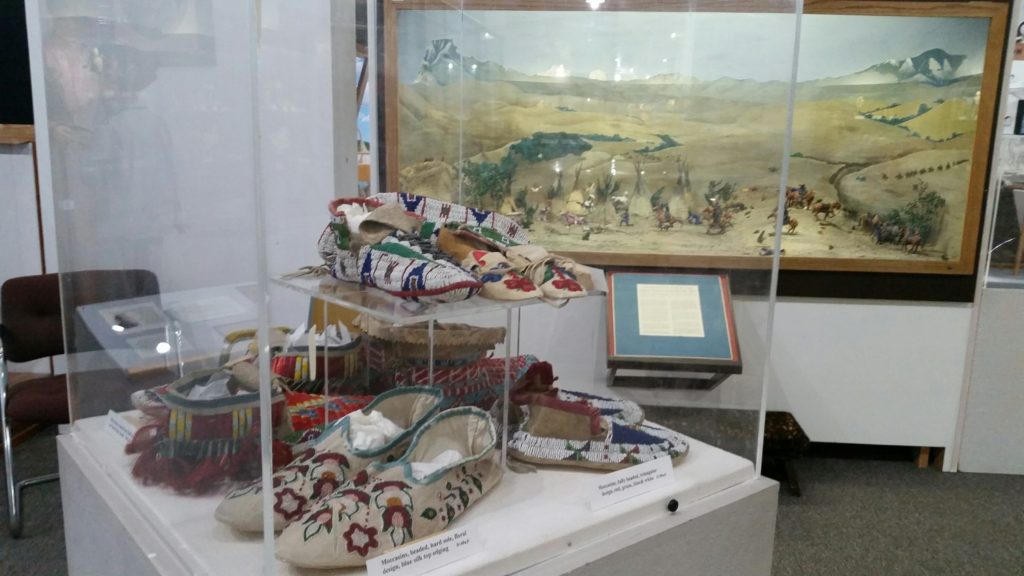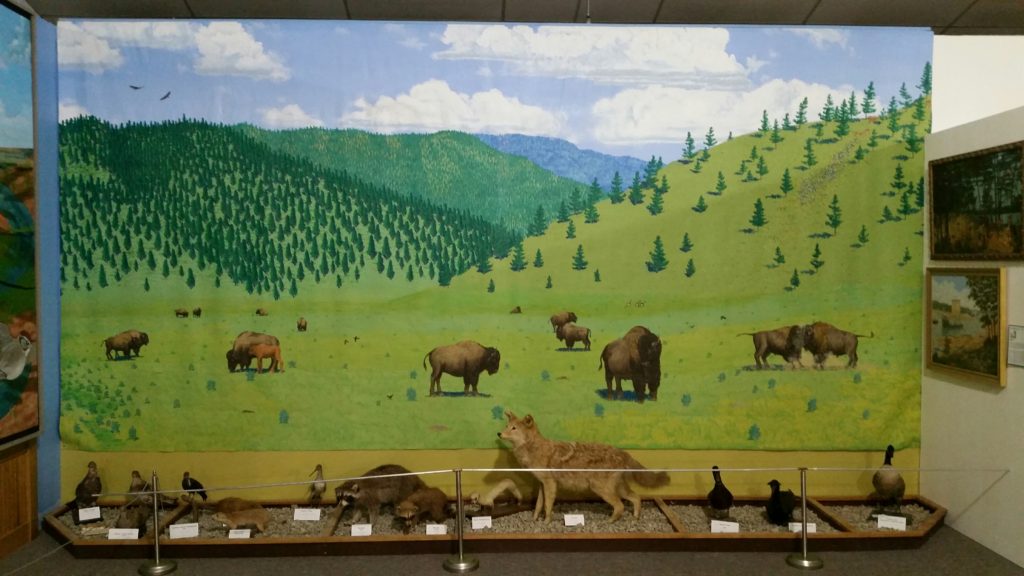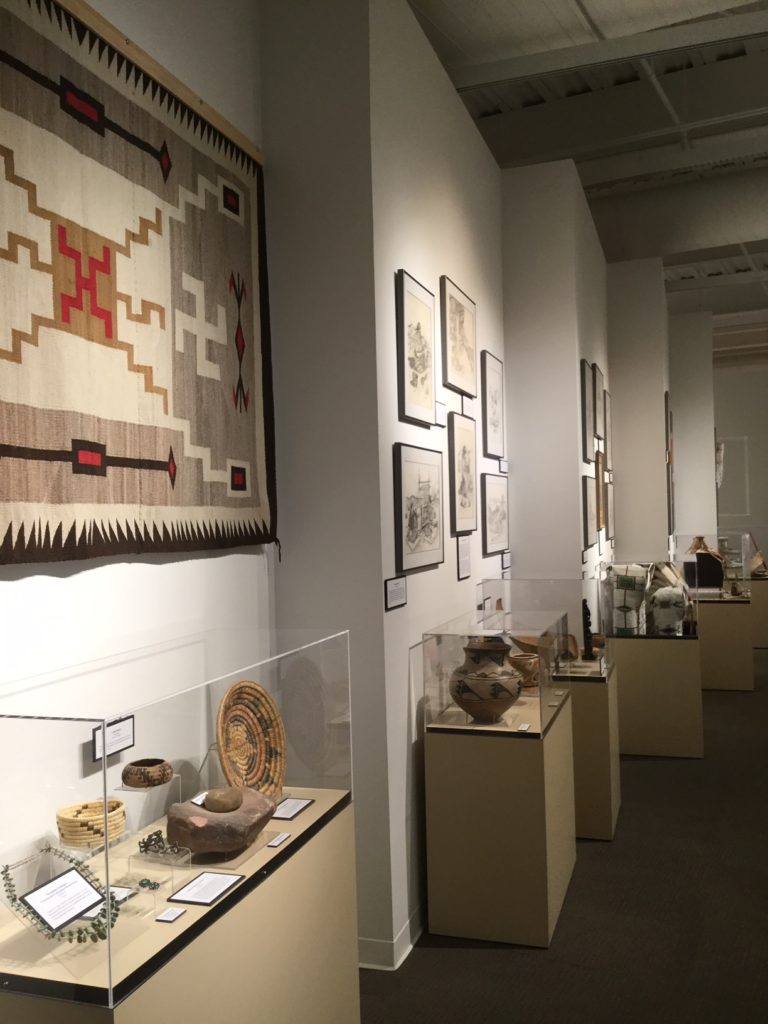In recognition of November being Native American Heritage Month, we will be spotlighting the cultures of tribes found in and around Siouxland. Prominently, the Ho-Chunk and Lakota tribes. To start, I sat down with one
In recognition of November being Native American Heritage Month, we will be spotlighting the cultures of tribes found in and around Siouxland. Prominently, the Ho-Chunk and Lakota tribes. To start, I sat down with one of my Native American friends, and she answered many questions I had about various customs and traditions.

Braided hair
One of the first questions I asked my friend was the significance of the braid. She informed me, the hair is an extension of each individual. It represents their wisdom, and is to never be touched, unless it is being braided. And Native Americans believe the braid protects the spine, and the closer to the ground your braid is, the more grounded you are. In addition, men will only cut their braid after a relative has passed away.

The Buffalo
Our conversation then led into the animals of the land. I knew of a handful of animals which are sacred to Native Americans, but I didn’t know they were considered relatives. Meaning, the Natives believe they are closely connected to all the animals surrounding them. And when they were involved in a hunt, they thanked the animal for their sacrifice and gift, prayed over it and used every piece of the animal. Nothing went to waste.

The buffalo was and will always be a sacred animal to the Native cultures all across America. Roaming the prairies in large numbers, there was once an overabundance of them. Hunted to the brink of extinction, they are now protected, and their numbers are steadily coming back.
Because of the large size of the buffalo, much could be done with the entire carcass. I’ve seen hides made out of their skin and fur, but I didn’t know that the bones of the buffalo were made into rattles for sacred dances and prayer circles, spoons and utensils, and even the frames of tipi huts.


The Eagle
Another sacred animal is the eagle. Considered to be good luck, the eagle is a symbol of strength, wisdom and courage. In fact, the feather of an eagle was and still is gifted in ceremony for someone who has stood up for the Indian nation. It is also given to youth during their graduation ceremonies, rights of passive, and even weddings. Therefore, a tribal elder who is adorned in a headdress, has earned every one of those feathers, and has the highest respect of his fellow tribal members.
The spider, the wolf and the owl
Some animals, however, are thought to be dangerous, such as the spider and the wolf, who are believed to be “tricksters”, and are kept at a distance, or used in defense against enemy nations. Also, the owl and its hoot or screech is thought to bring bad omen, and is a symbol of death.
Come with me
This post was just an introduction to Native American culture, we will be exploring more of the Ho-Chunk tribe, treaties, and even indigenous plants in the next few weeks. I’m mostly excited to learn more about such an ancient culture, and become more inclusive and understanding to their customs and beliefs.


